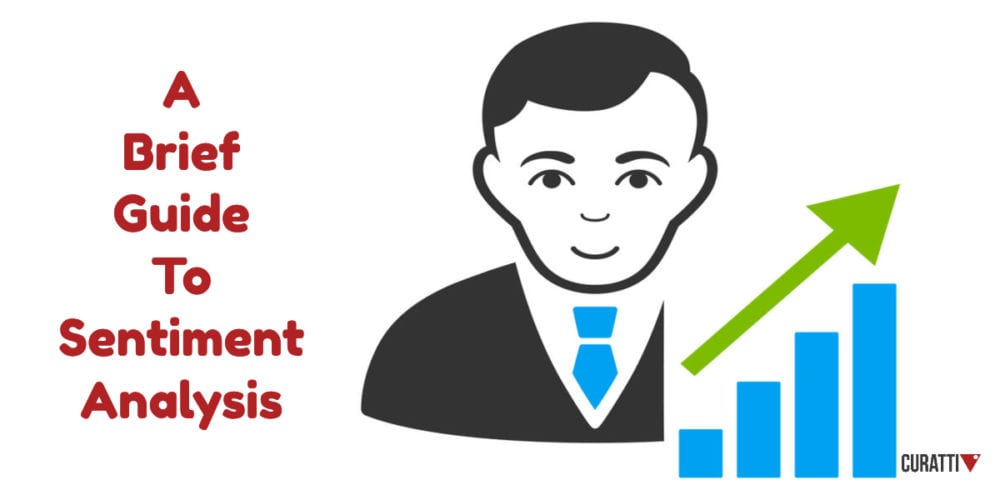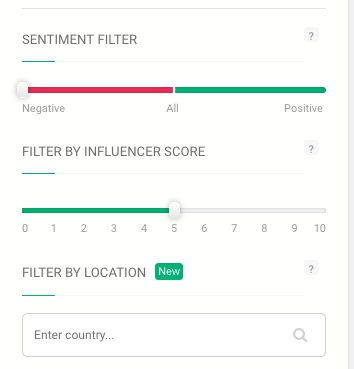A Brief Guide to Sentiment Analysis

Digital communication occurs more frequently than physical communication for most business owners. Existing in a time where technology is rapidly advancing can leave you feeling dazed and out of place, as well as struggling to keep up with the latest tech and trends. As a result, it might be that you haven’t heard of sentiment analysis – or if you have, that you aren’t entirely sure what it is. The quick answer is that it is a tool that could change your business for the better; enhancing everything that makes it great. Have a read through my quick guide to sentiment analysis; you’ll be surprised by what you learn.
A Quick Summary
It might only be a little guide, but I can promise you that it is packed with all of the essential information to help you better understand how sentiment analysis works. In this article, you will get to learn about the following:
- What it is
- How it works
- The benefits
- The accuracy of the tool
What is Sentiment Analysis Anyway?
In short, sentiment analysis is the process of analysing various pieces of text in order to determine the emotional tone behind them. As a result, it is able to tell you if there is a positive, negative, or neutral sentiment behind each comment and message that mentions your business or one of its features/products. There are even some algorithms that can take an even deeper look at the sentiment in question. This means it can tell you the specific emotion being used, or just offer a wider range of polarities. It all depends on the kind of sentiment analysis that you decide to use.
The way in which it works is by combining a set of methods and algorithms together in order to create a program that can track sentiment. While you can create your own, there are also loads of tools out there that you can purchase to get the job done instead. It’s a lot faster and easier. Brand24 is probably one of my favourites, and they are also pretty affordable too.
There are three main types of sentiment that can create a program.
The first of these is rule-based, which is essentially a manually created set of rules that you work on yourself instead of using an automatic system. If you decide to use an automatic system, this means that you essentially let the computer so all the work for you. There is also the hybrid method, which combines both of these together.
The hybrid system is the best one to use because it takes the best of the manual and automatic ones and puts them together. A solely manual system can be very time-consuming and difficult to update. On the other hand, a fully automatic system leaves little room for context and tone updates. By using the hybrid system, you can make updates to the automated side and ensure that it is always running to the best of its capabilities.
What’s the Point in Sentiment Analysis?
So, why would you use sentiment analysis? Well, it can help you to better understand your audience, engage with them, and learn which posts are effective and which are not. It can teach you so much about the way you carry yourself through your business. This includes how others feel about you, and the way you do things. Here’s a quick list of some of the reasons you might want to use it:
- Offers quick and effective data processing
- Provides real-time analysis to keep you updated at all times
- Clears up any issues with understanding emotional tone, especially as we only agree on it around 60% of the time
- Allows you to identify positive and negative comments for better audience engagement and understanding
- Tracks customer reactions and how they change with what you are posting, which also means you can prevent social media crises and address issues quickly
- Find influencers that spread the word and love for your company and products so that you can work alongside them

There are a Number of tools on the market that provide social mention analytics. These show you what your social media reach is like, along with the number of mentions. This is where you can see the biggest speaking within your selected data range.
Is the Algorithm Even Accurate?
This is probably one of the most pressing issues with sentiment analysis, and a lot of people ask just how accurate it actually is. The good news is that it is actually accurate between 70% and 80% of the time; which is exceptionally high for a piece of software like this. It’s constantly evolving and growing, improving itself and the way it reads us at all times – all while being primarily processed by computer algorithms.
There is room for error, of course, because it is just a computer program at the end of the day. Sentiment analysis has been shown to struggle with certain emotions, like sarcasm and irony, and so has difficulty determining its sentiment correctly.

You can manually create criteria to help it learn more about this, but there will always be difficulties with it.

You are able to use filters and set additional emails to let you know about, for example, the most negative posts. There are a number of tools that can provide you with this option.
Similarly, there are times when the context can be an issue, or where the use of emojis skews the results. Although, you can upload the latter to the database in order to teach the algorithm. It is because of little issues like this that you should always manually check the results. This can determine if there are some comments that are being processed incorrectly because of issues with tone or context. Despite this, it does give a very accurate look at the way your company is seen in the eyes of customers.
To Conclude
Well, I hope that this guide to sentiment analysis was able to show you more about the way it works. It should also have been able to give you a clearer idea of how it can benefit you. It’s not as complicated as it might seem at first glance, and is actually a pretty quick and easy tool to use. It can be a fantastic help when you are trying to reach out to customers and boost your engagement levels, as well as help you to learn more about them.
Of course, it is not perfect. Sentiment analysis is primarily an automated system which means that it can’t understand the full range of human emotion. Sometimes it will struggle with context, but the most difficult thing for it is sarcasm. There are manual settings to help you improve its accuracy, but even without them, the success rate remains exceptionally high. Overall, it is an excellent and beneficial feature that should be used by every business.
Examples of Sentiment Analysis
Here are some excellent examples of how Sentiment Analysis works, giving you an excellent visual companion to this handy guide.

Mentions by category

Sarcasm

Neutral




Featured image: Copyright: ‘https://www.123rf.com/profile_ahasoft2000‘ / 123RF Stock Photo
Latest posts by Milosz Krasinski (see all)
- A Brief Guide to Sentiment Analysis - May 21, 2019

